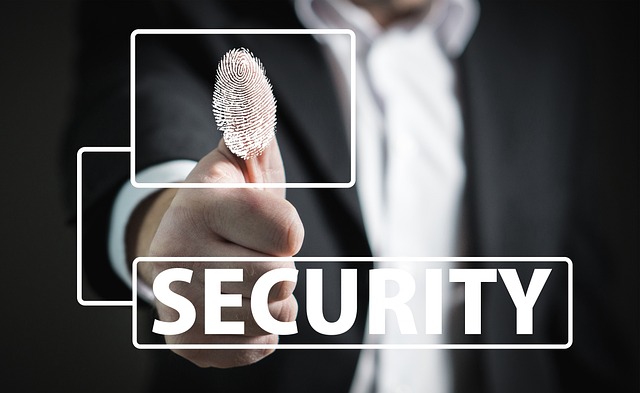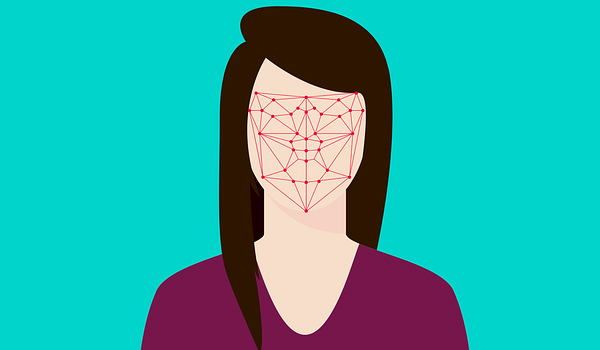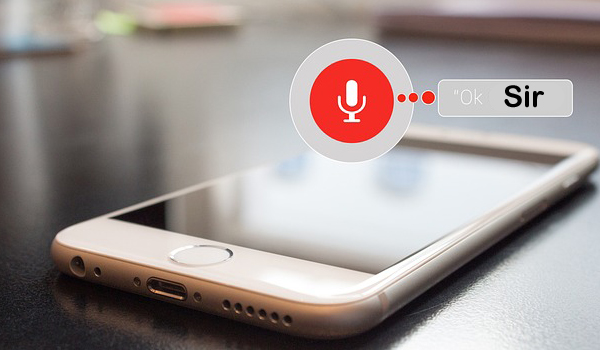Biometric Authentication
Biometric authentication is a security measure that is employed by enterprises to confirm the identity of employees, customers, and third parties.
Updated: October 13, 2023

Biometric authentication is a security measure that is employed by enterprises to confirm the identity of employees, customers, and third parties. Pre-recorded biometric data is matched with corresponding biometric factors presented in devices such as cameras and fingerprint scanners to gain access to devices, applications, and databases. Facial recognition, fingerprint scans, eye scans, and voice recognition are different types of biometric authentication.
The need for tokens or passwords that require manual input, which can be lost, forgotten, or stolen can be removed by using a biometric authentication software. Biometric security measures are now increasingly integrated into apps, security systems, and smartphones for their irreplaceability. Biometric authentication is often employed in single sign-on (SSO) technology as part of a multi-factor authentication (MFA) security measure.
Fingerprint scan, Facial recognition, Voice recognition and Iris scan are different methods to authenticate identities with biometric factors. Heightened security, end-user convenience and non-transferable are some of the benefits of using biometric authentication. Multiple biometric factors may be required by organizations to authenticate the identity of an end user for added security.
Users can follow security integration, end-user awareness and technological accessibility and inclusivity as best practices to make biometric authentication effective within an organization.


